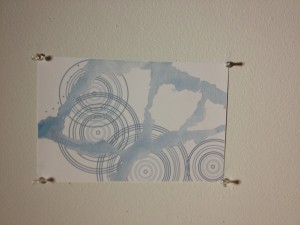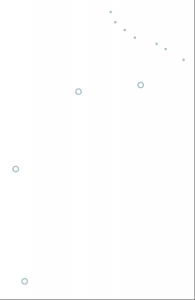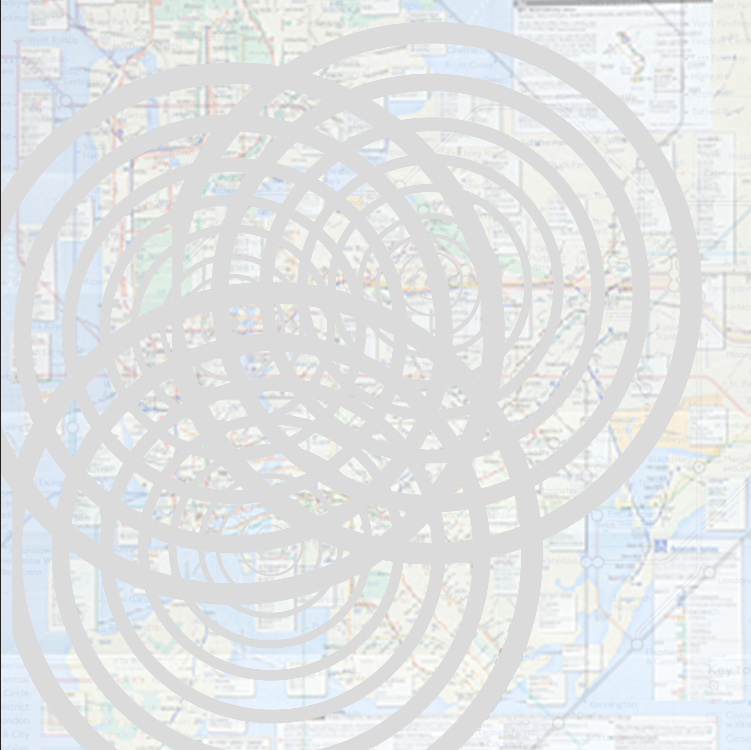My map defines the process of determining where people are most happy on our campus. It also maps the personal, social, and intellectual fulfillment according to where people live based on the results of a survey I administered for my psychology class. My project changed quite a bit from my original plans as troubleshooting occurred. One major setback was my inability to draw architecturally accurate buildings, and I really wanted to give each structure the credit and intricacy it deserved. I didn’t anticipate this to be a problem, so I first intended my map to be very pictorial. So, an unforeseen discovery or solution was to use a similar method as my self-portrait. The concentric circles I used in my first piece did a really effective job of showing the magnitude of an idea or concept, which is really what I was looking to do here. So I implemented the same aesthetic, a mathematical and sterile visual approach to an invisible concept. I wanted to use a clean and almost cold visual representation to evoke the sterility and clinical feel of acquiring and analyzing data for a scientific purpose. I also had some trouble with deciding what exactly to include on the map. Our campus has a number of buildings and structures that are important to the landscape but did not appear in my data. I had to decide which truth I wanted to reveal: the architectural and visual accuracy or the truth of my analyzed data. This choice was difficult for me to make, so I used smaller filled-in circles to show the Mead Way houses as existing, but not important to my empirical data. I used a blue palette to evoke placid emotions and also watercolor for the road system on campus, to create the feeling of rivers flowing instead of pavement, a much happier and more peaceful material. The reading of Psychogeography really influenced this map because it was a somewhat visionary experience, though it was not in anyway political. I attempted to transform the current environment into something with a bright future, traversing the land with a purpose and awareness that seeks to contribute a message to the landscape. It helped me to see the campus in a whole new light, hear new sounds and read into the particulars what I see everyday.
Categories
Abstract Video
Art from Code
Art from Trash
Bad Guys
Blackspace
Conceptual Art
Contemporary Curation
Cultural HiJack
Digital Tools for Artists
Drawing Machines
Games from Nothing
Game Studio
hack&gli.tc/h
I Expect You to Die
Interactive Art
Interactive Story
Level Design
Mapping the Invisible
Muralista!
New Genres
Nonlinear Narrative
Paranoia as a System
Playable Buildings
Projector Night
Radical Game Design
Remix the City
Supernova (The Party)
Systems Aesthetics
The Interactive City
Urban Installation








